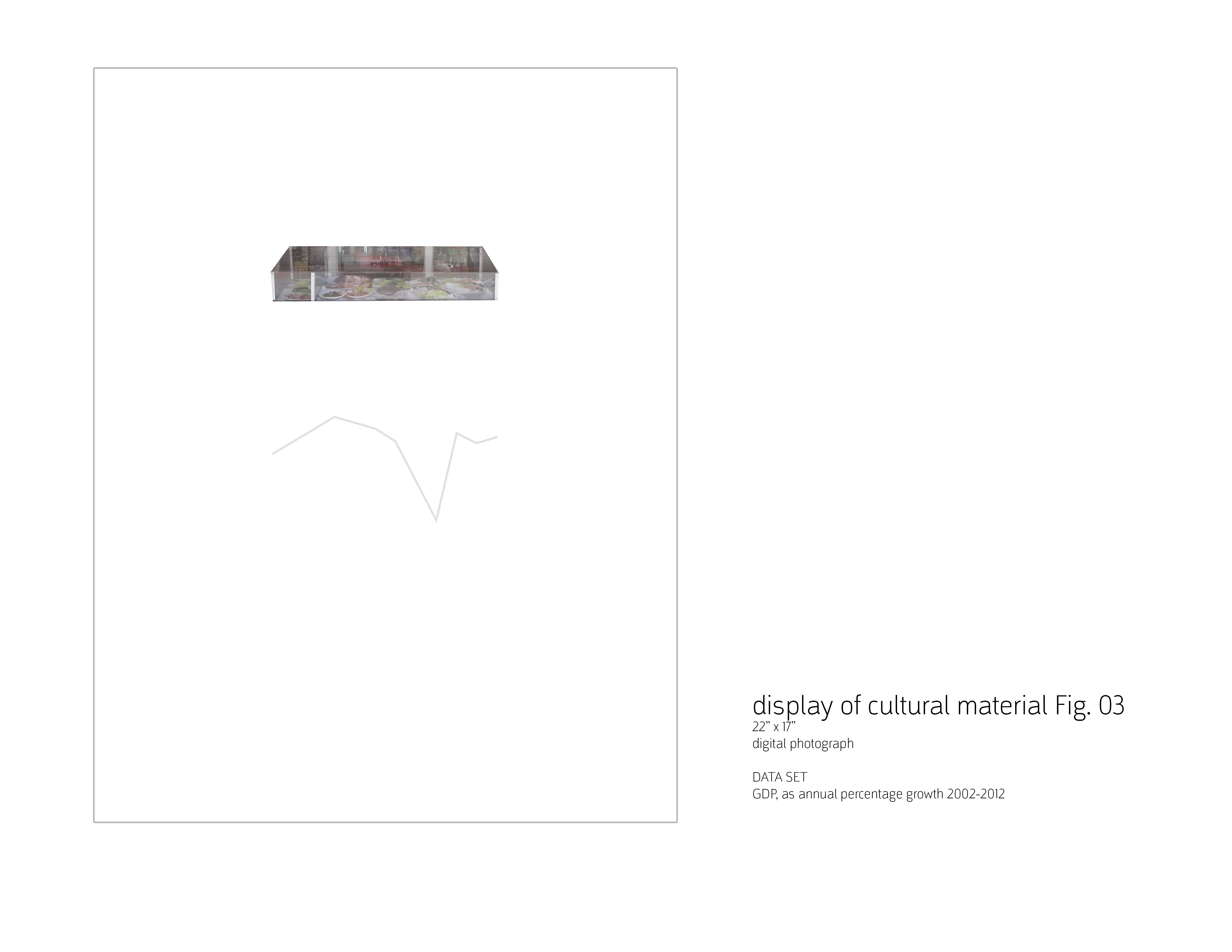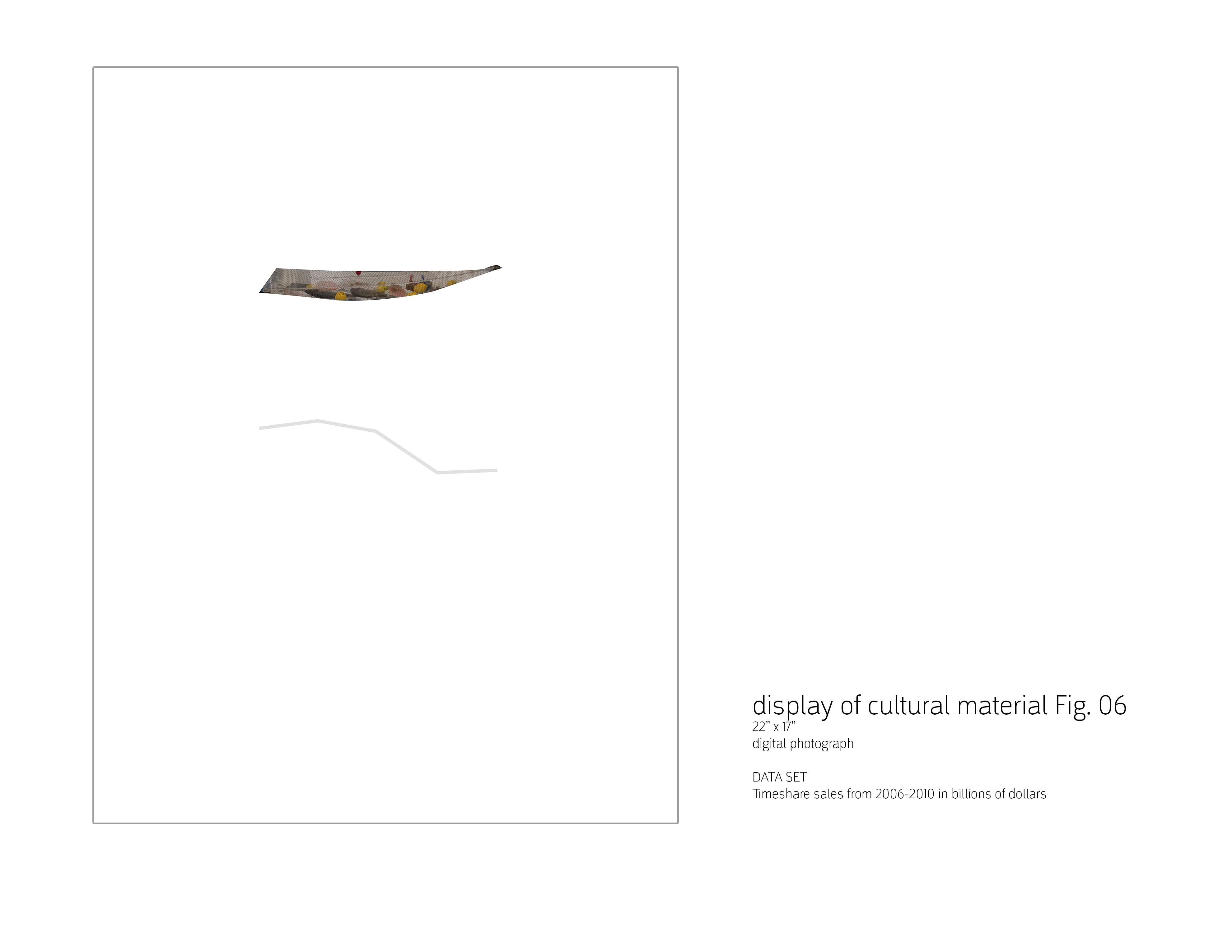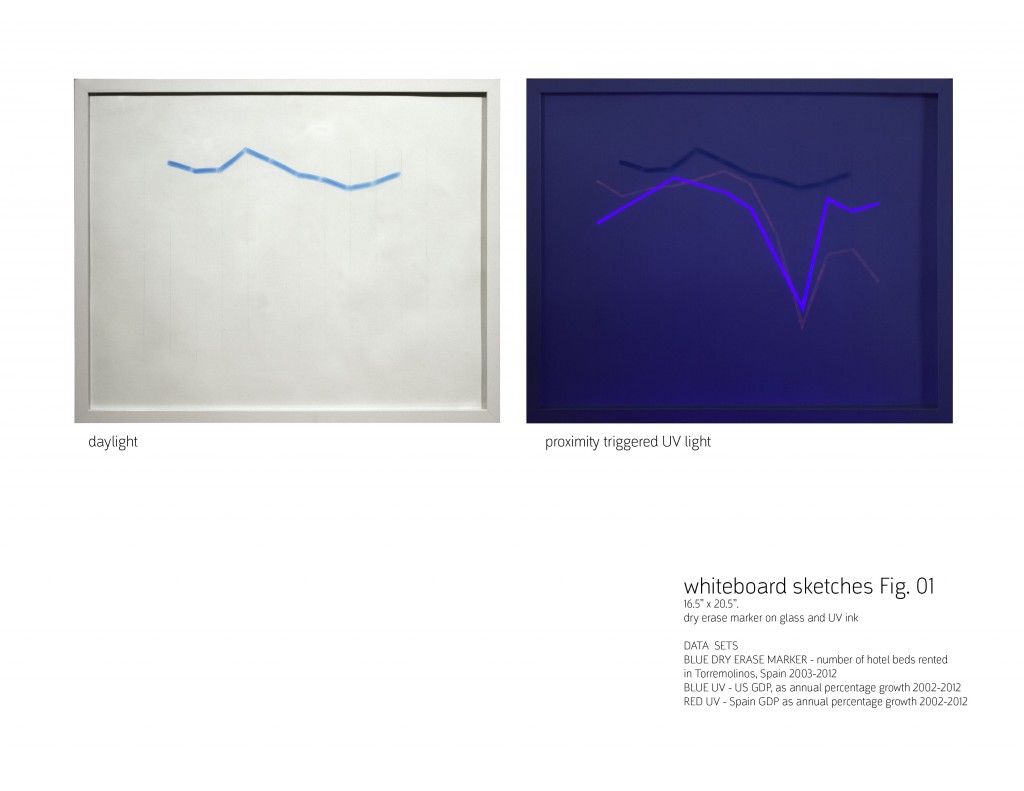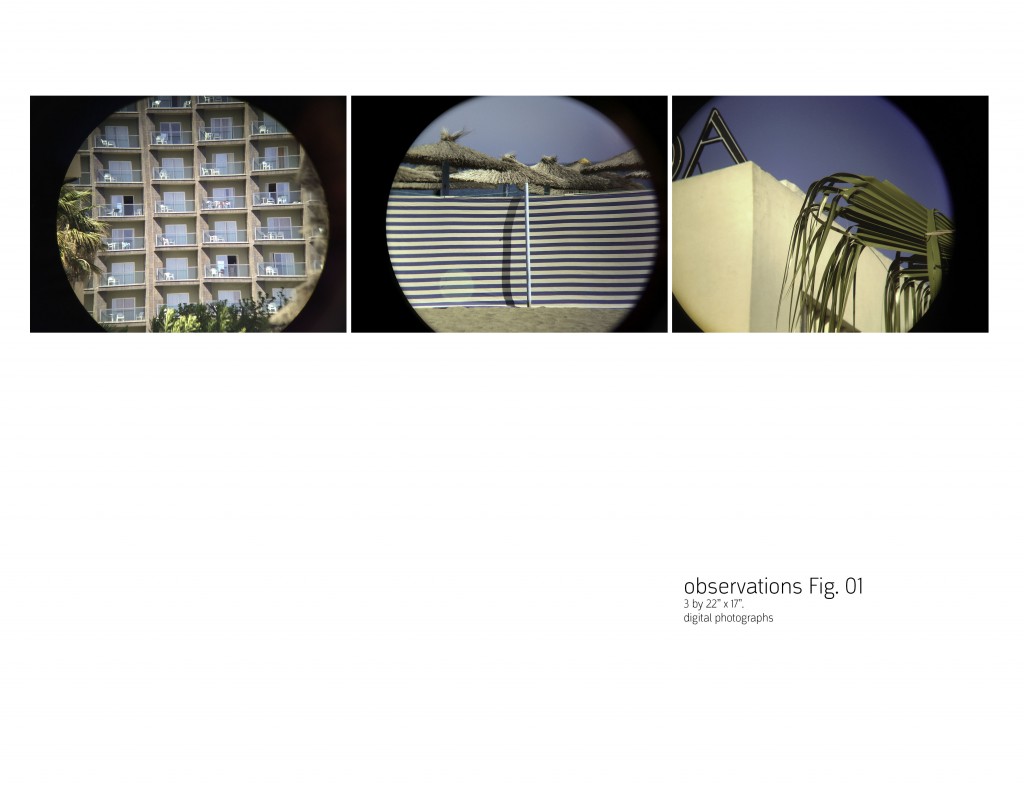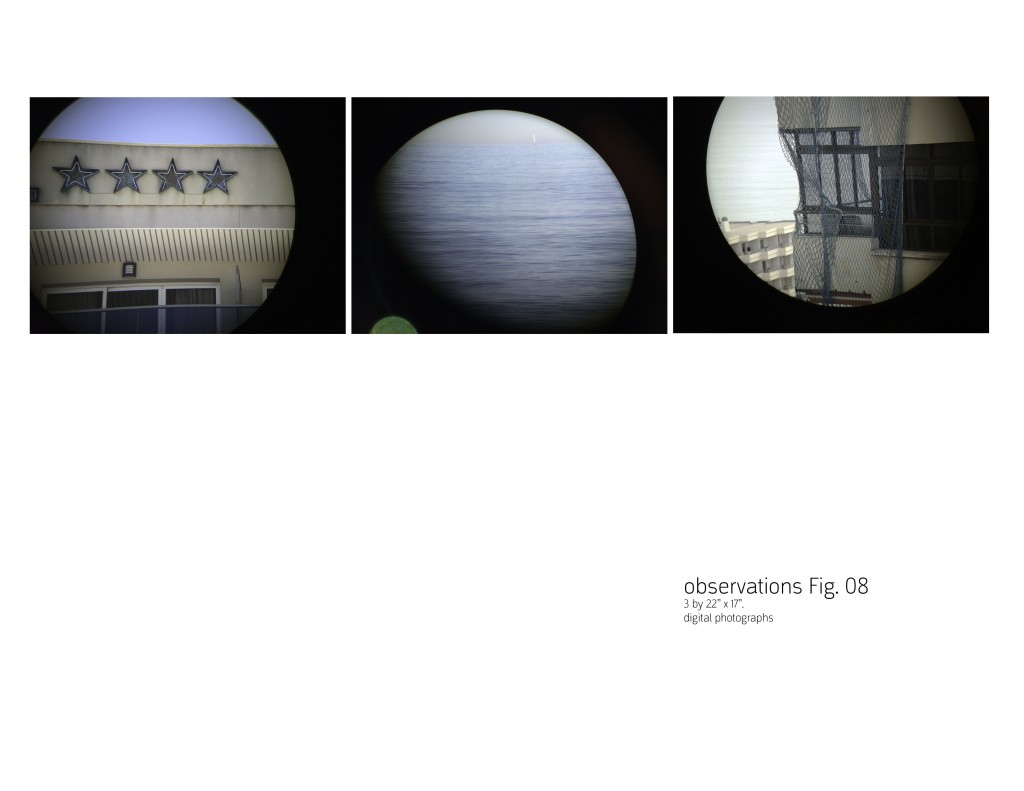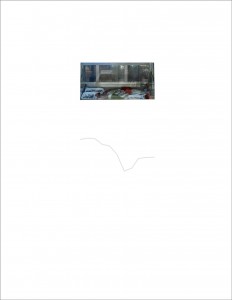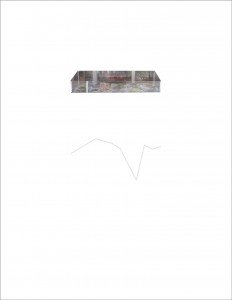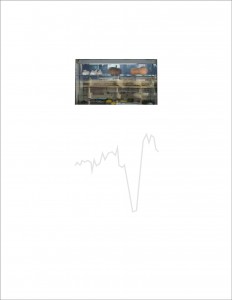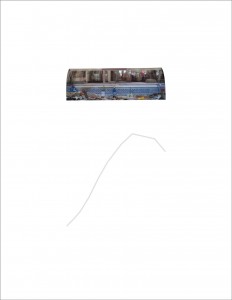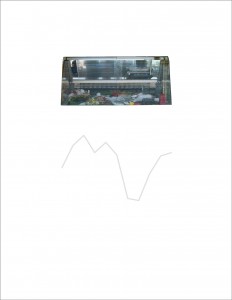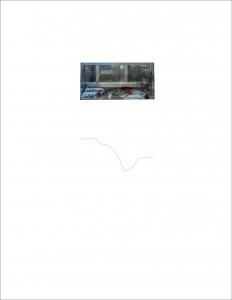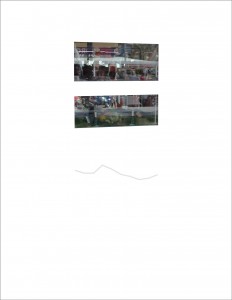The industry of this country could not long exist if factories generally went back to the ten-hour day, because people would not have the leisure, the desire, or the means to consume the goods produced
……………………..
We find that the men come back after a two-day holiday so fresh & keen that they are able to put their minds as well as their hands to work.
– Henry Ford
leisure | time | share is a set of works which explore the intersection of consumerism, mass tourism and economy. The project is based on research which charts the varied history of Torremolinos, Spain; a site of tourism beginning in the second half of the 20th century. The completed artworks include photos, video and 3D scans collected during a visit to Torremolinos. These pictorial and object-based materials are augmented with the use of local and global economic data represented through line graphs and diagrams.
I first encountered Torremolinos in a footnote while researching the Nazi KdF tourism program; a program that included subsidized cruises, tours and leisure activities for working-class Germans. The Nazis planned to turn Torremolinos into a destination for their cruise ships. While this never happened, the small fishing village was transformed into a resort location for jet setters in the 1950’s, a haven for hippies and expats seeking a location friendly to alternative culture in the 1960’s and 70’s and in the 1980’s onward, working-class tourists from western Europe. These changes prompted the rapid development of new infrastructure including budget hotels, public transportation, tourist restaurants, vacation activities and time shares. The 2007-9 global economic crisis adversely affected the housing and tourism industries which are now showing signs of recovery. Therefore, the site provides an excellent context for exploring the rise of con- temporary mass-tourism and the commodification of “leisure” time.
I centered my inquiry around the following questions.
How do we locate ourselves within systems of consumption which revolve around the work/leisure and producer/consumer divisions? What is the role of interpretation in how we reconcile data as a carrier of cultural information as well as a representation of cultural values?
CONDENSED PORTFOLIO
As a response to the project questions I implemented simultaneous methods of collecting material including interviews, exploratory photography and video, 3D scanning and the collection of data sets. These elements are combined into multiple image series, 3D objects, video projection and a interactive work.
One series, titled display of cultural material presents a contrast of cropped photos from restaurant fish cases and the economic data; both are common means of presenting culture and nationality. All along the beachfront, tourists are presented with a curated display of seafood in refrigerated cases that conveys the idea of fresh, local and simple village food, in other words, authentic. The graph lines plot data such as the number of beds rented in Torremolinos or the GDP of Spain per year. The data, a varied line, forms a visual horizon over which the photo sits. It is a ground whose context is removed (the scale only appears on wall text).
Another series of photographic triptychs, titled observations, are made using a mobile phone and binoculars to create a sense of voyeuristic distance. The images are presented as triptychs which emphasize the serial architecture of the resort hotels, fabric beach walls that delineate areas of beach front and details from the tourist environment. Similarly, the companion video contrasts binocular views of the beachfront from sea and the overland approach to the water from a tram. In both contexts the viewer never arrives.
Like display of cultural material, the whiteboard sketches and whiteboard Fig. 01-03 series, remove the context and scale from data sets by presenting paths plotted across thinly ruled lines. The visible line, rendered in dry erase marker, is vulnerable to erasure and in the case of the larger whiteboard Fig. 01-03 series markers and erasers are placed as an invitation to interact with the freestanding whiteboards. Regardless of if the line
is transformed, the proximity of the viewer triggers a UV light that reveals two indelible contrasting data sets painted in invisible UV ink. The audience is presented with lines for comparison, rendered in differentiating color and calling for their interpretation.
DISPLAY OF CULTURAL MATERIAL (figs. 1-8)
Gallery Installation Pre-visualization
